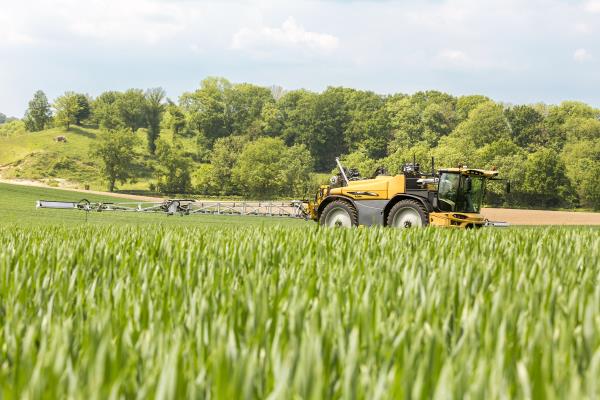Ammonia emissions impact the natural environment and human health once converted into particulate matter, and represent a loss of valuable nitrogen to UK farms, estimated to be worth £8/ha per year. By implementing actions to reduce ammonia losses derived from manure and fertiliser application, farmers and landowners can improve the efficiency of nutrient use, save money and reduce environmental risks.
Some of the methods to reduce ammonia losses from manure and fertiliser application, and the on-farm benefits that could be achieved are described here.
- Nutrient management - Adopt a Nutrient Management Plan to balance grass and crop nutrient requirements with manure and fertiliser applications. Efficient use of manures and additional nitrogen fertiliser improves overall nitrogen-use efficiency, reduces farm costs, and lessens the risk of losing ammonia and other forms of nitrogen. Download our free Tried & Tested Nutrient Management Plan for a step-by-step guide to creating annual field and farm nutrient plans.
- Spreading slurry and manure - Reduced contact between slurry and air keeps ammonia emissions low and ensures nitrogen is available for crops. This can be achieved through low-trajectory slurry application methods such as injection, trailing shoe or dribble bar. Ensure manures that are spread onto bare soil are incorporated as soon as possible after application (12 hours at most). You can download our free Tried & Tested Think Manures guide for more information on manures.
- Spreading nitrogen fertilisers - Measures that can be taken to cut ammonia emissions include switching from urea-based fertilisers to ammonium nitrate later in the season, only spreading urea in January to March under cool and windless conditions, irrigating and injecting or incorporating urea into soil or using urea with a urease inhibitor.
Visit our tools page to request or download a range of resources:
- Tried & Tested USB memory stick
- Nutrient Management Plan guide and template
- Farm and Field Record Sheets
- Think Manures guide
- Feed Planning guide for Sheep and Cattle
- NVZ record keeping guide
